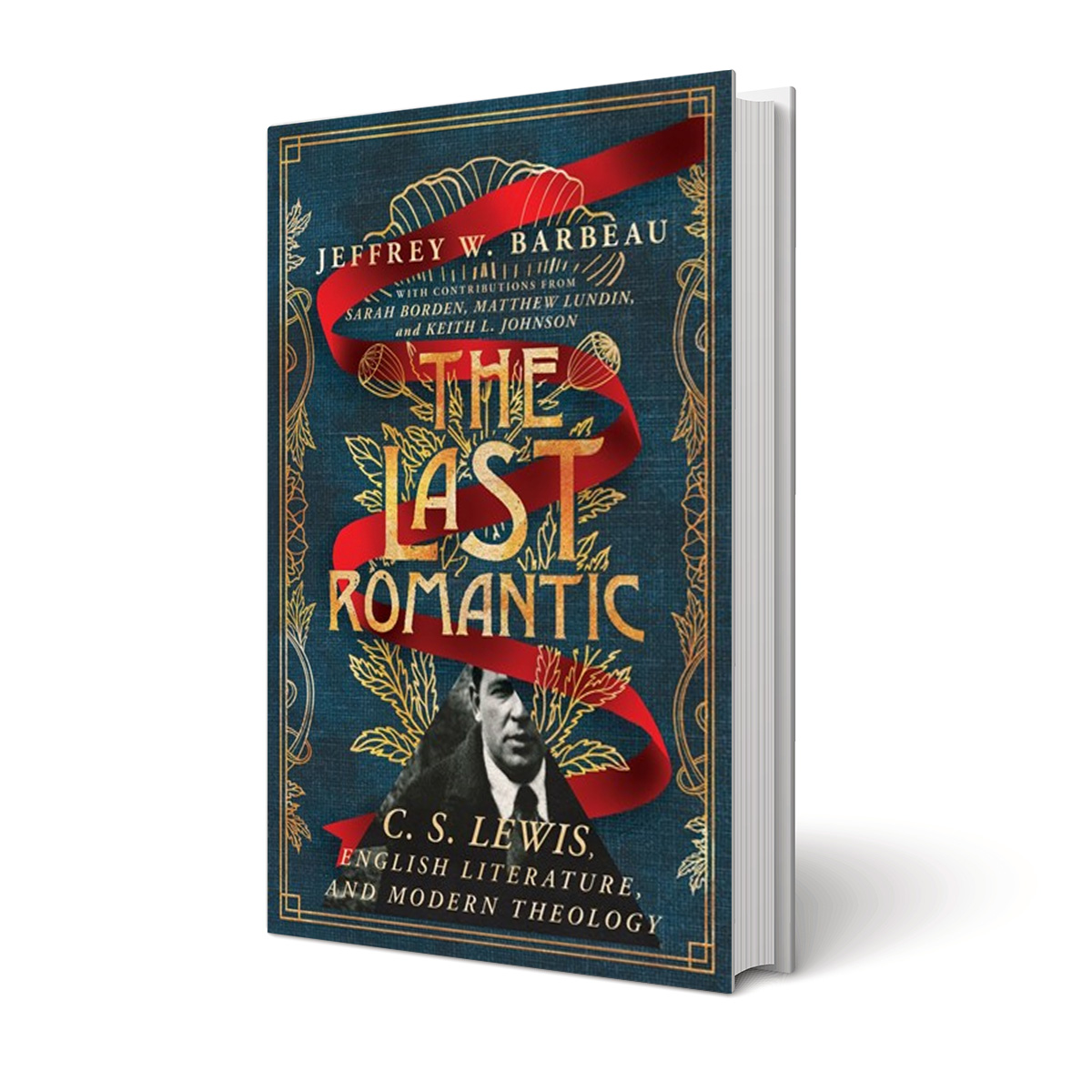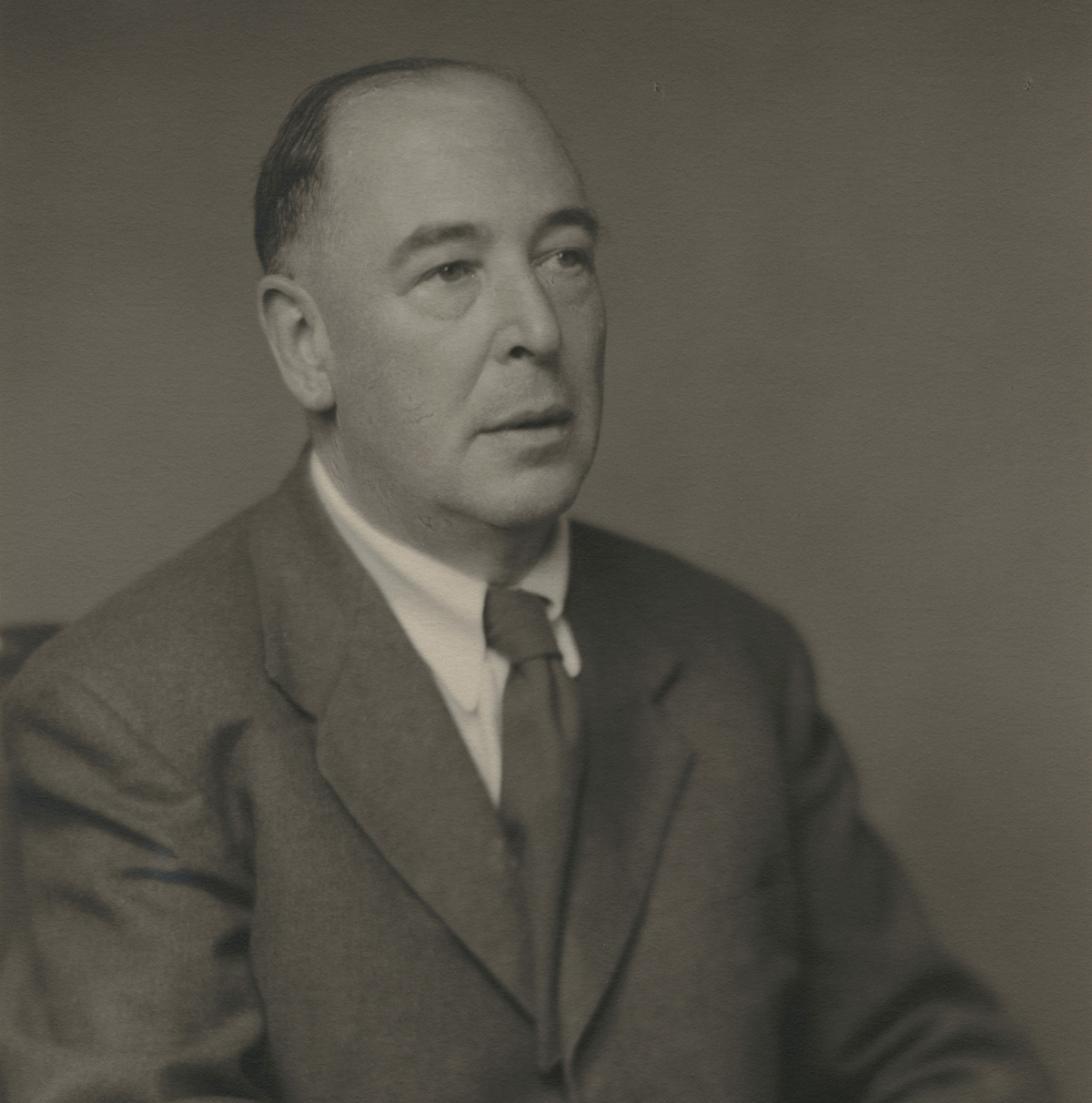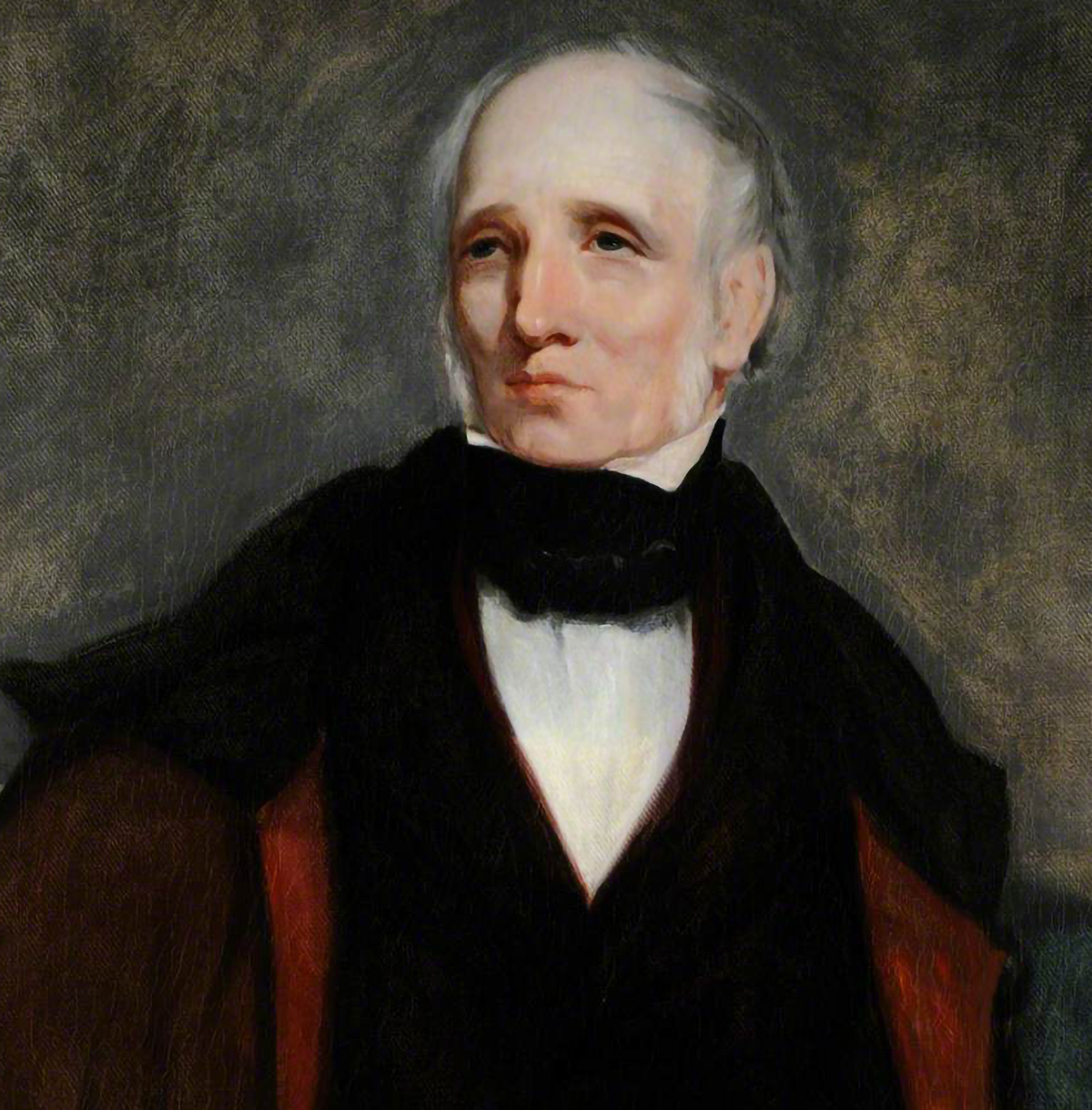C.S. Lewis (1898–1963) continues to engage and intrigue his multiple audiences, particularly in the realms of popular apologetics and academic literary scholarship. While professional literary scholars acknowledge Lewis for his Preface to Paradise Lost (1942), which is widely considered a seminal contribution to Milton studies that has profoundly influenced subsequent scholarship, a wider audience remains captivated by the imaginative and narrative depth of his Chronicles of Narnia. Lewis’ gift for weaving together the rational, imaginative, and emotional realms has won him a significant and dedicated popular readership.
Readers have long been fascinated by Lewis’ literary influences, but is there one movement that left its particular mark upon the great apologist, scholar, and novelist’s work?

By Jeffrey W. Barbeau
(IVP Academic, 2025)
Lewis’ brilliance is evident not only in the caliber of his literary scholarship but also in his ability to reinterpret and recontextualize the classics of Western literature within his own writings. He exemplifies the principle of “standing on the shoulders of giants,” allowing their wisdom and insights to enhance his own work. Lewis’ science fiction work Perelandra (1943) is clearly a creative and imaginative reworking of some major themes and images drawn from Milton’s Paradise Lost. The Chronicles of Narnia are rich in themes and imagery quarried from Edmund Spenser and Milton, even though Lewis reworks them so seamlessly that they never appear as awkward intrusions into his narratives.
Lewis’ literary influences and inspirations extend beyond his specialized focus on medieval and Renaissance literature to encompass the works of Romantic writers. In a 1962 interview with the Christian Century magazine, he identified two significant English poetic works that profoundly influenced his heart and his mind—George Herbert’s The Temple and William Wordsworth’s The Prelude. In The Last Romantic: C.S. Lewis, English Literature, and Modern Theology, Jeffrey Barbeau offers a fresh account of the impact of 19th-century British Romantic writers—primarily Wordsworth and Samuel Taylor Coleridge—on Lewis’ literary and theological enterprises. The task of defining the term “Romantic” presents certain challenges, a concern Lewis himself acknowledged in the preface to the third edition of his inaugural novel, The Pilgrim’s Regress. Romanticism, he suggested, had become a word of “such varying sense” that it may now have “become useless and should be banished from our vocabulary.” While Lewis’ concern about definitional ambiguity must be noted, it does not impede the examination of how British Romantic writers influenced his work. As Barbeau clearly demonstrates, there is much of interest to explore here.
The Last Romantic opens with a brief introduction, followed by the content of three substantial lectures presented in 2023 at the Marion E. Wade Center at Wheaton College, Illinois, focusing on the theme of “C.S. Lewis and the Romantic Imagination,” including responses to each of these lectures from three of Barbeau’s academic colleagues. The venue for these lectures is noteworthy, given that Wheaton College is widely seen as a flagship evangelical institution. In the 1960s, certain faculty members at Wheaton College were opposed to recognizing the subjective dimensions of faith, resisting any suggestion that the acknowledgment of human subjectivity could hold theological significance or be apologetically fruitful. As Barbeau notes, there was a concern in some circles that “appeals to the imagination in the pursuit of truth risked imperiling the Christian faith to the whimsy of individualism and subjectivity.”

While Morris A. Inch, a former professor of Biblical Studies at Wheaton, maintained what could be considered an excessive objectivism regarding matters of faith, other senior members of the Wheaton community adopted a different viewpoint. Clyde S. Kilby, who became chair of the English department at Wheaton, advocated for a recovery of the imagination and emotions in both theology and apologetics. Kilby considered Lewis as a model for this project and entered into a remarkable correspondence with him. In certain important ways, a significant theme in The Last Romanticconcerns how American evangelicalism initially came to accept, and then adore, Lewis.
Barbeau’s meticulous, well-informed, and balanced analysis of Lewis provides a nuanced and scholarly exploration of Lewis’ connections to British Romantic writers, considering how he integrates the subjective with the objective and the imaginative with the rational. One of the most interesting sections of this work is Barbeau’s personal reflections on his own journey from a predominantly rationalist interpretation of Lewis to a more profound appreciation of Lewis’ use of imagination, visionary experiences, and symbols. This journey is accompanied by a recognition of how these elements both enrich and challenge more rationalist interpretations of the theological endeavor.
This study makes a substantial contribution to the expanding corpus of scholarly literature that examines the connections between Lewis and the Romantic movement, such as James Prothero and Donald T. Williams’ Gaining a Face: The Romanticism of C.S. Lewis (2013), which argued that Lewis emerged as a leading representative of a resurgent Romantic movement in British literary culture following the Second World War. These have been helpfully supplemented by investigations into the influence of Romanticism on others in Lewis’ circle. For many, the core of Romantic literature is characterized by its focus on the imagination as a conduit to transcendence and the spiritual realm.
Lewis draws on so many literary inspirations that he defies reductive categorization.
One of the most significant contributions of Barbeau’s study to the understanding of Lewis’ relationship with Romanticism is his extensive examination of Lewis’ marginalia—his handwritten annotations of the editions of Wordsworth and Coleridge in his personal library, much of which is archived at the Wade Center at Wheaton College. These annotations, which range from succinct expressions of approval or frustration to more elaborate and considered reflections, have not yet been fully incorporated into scholarly analyses of Lewis’ thought. Barbeau’s careful use of these marginalia clearly illustrates their potential for fostering a deeper understanding of Lewis’ intellectual framework.
While this volume is mainly concerned with literary themes, Barbeau also offers insights into Lewis’ significance for modern theology. There has been an increasing recognition of Lewis as a theologian within academic circles recently, and Barbeau presents further justification for doing so, particularly through his analysis of issues related to the heritage of the German theologian Friedrich Schleiermacher (1768–1834). Although Schleiermacher is frequently described as a “liberal” theologian, reflecting his emphasis on the significance of personal feelings or experience in the life of faith, Schleiermacher saw himself as a critic of the rather austere rationalism characteristic of the Enlightenment. His work aimed both to restore and to recalibrate the role of subjectivity in theological discourse, drawing upon themes associated with German Pietism.
Barbeau highlights the significance of Lewis in advancing and informing contemporary theological discussions of the interplay between objectivity and subjectivity, providing appropriate corrections to those who present distorted interpretations of their relationship. He rightly observes that both Schleiermacher and Lewis affirm that “something is happening within us that draws us into a knowledge of the God who is also beyond us.” Part of Lewis’ genius lies in his focus on the importance of human experience; however, he interprets this experience not as an end in itself but rather as a pointer and pathway to an encounter with the divine, who lies outside humanity. Rather than allowing personal experience to lead us inward, perhaps risking an individual’s being overwhelmed by a “whimsy of individualism and subjectivity,” Lewis points us outward, in search of its ultimate source and goal, which lie beyond us in God.

Lewis, of course, was not an uncritical admirer of British Romanticism. In The Four Loves (1960), he suggested that Romanticism possesses inherent limitations and vulnerabilities. “Nature ‘dies on’ those who try to live for a love of nature. Coleridge ended by being insensible to her; Wordsworth, by lamenting that the glory had passed away.” Lewis’ point here is that Wordsworth lost sight of this “Joy” by neglecting to recognize its true source. For Lewis, Christianity represents the ultimate and proper goal of the trajectory that Romanticism followed only in part. While he acknowledged the inspirational role of Romanticism in fostering human intuitions of the divine, Lewis regarded it as a spiritual “halfway house” that ultimately failed to realize fully its insights by tracing them to their ultimate source and goal, which lies beyond rather than within human subjectivity.
Barbeau confirms and extends the prevailing scholarly consensus that Lewis draws extensively from the works of Wordsworth and Coleridge, particularly in relation to the role of imagination in shaping our comprehension of reality. Yet Lewis was influenced by a wide range of authors beyond Romanticism, notably from the Renaissance (Dante), the early modern period (George Herbert and John Milton), and the Victorian and Edwardian eras (George MacDonald and G.K. Chesterton). This is an important observation in considering Barbeau’s suggestion that Lewis was “the last of the Romantics.”
While Barbeau’s claim merits thoughtful consideration, it is not unreasonable to point out that Lewis draws on so many literary inspirations that he defies reductive categorization. Lewis’ reflections on the formation of authorial identity, particularly as these emerged in his 1939 controversy with E.M.W. Tillyard, are important here. Lewis suggests that writers should expect to be inspired and shaped by their predecessors while preserving their own distinct sense of identity.
Lewis’ mature views on this subject, particularly in An Experiment in Criticism (1961), are particularly significant: “In reading great literature I become a thousand men and yet remain myself. Like the night sky in a Greek poem, I see with a thousand eyes, but it is still I who see.” This statement neatly summarizes Lewis’ belief that he could see through the eyes of others without losing his individual authorial identity. For Lewis, a writer is primarily someone who has seen something and aims to enable his readers to see this as well. He considered himself to have been enriched and stimulated by being able to see through a myriad of “eyes,” including those of Romanticism—but he did not self-define as a Romantic for that reason. Lewis remained himself, obstinately resistant to categorization.
Both Schleiermacher and Lewis affirm that ‘something is happening within us that draws us into a knowledge of the God who is also beyond us.’
Alternative candidates for the title of “last Romantic” might include Lewis’ close associate and literary foil J.R.R. Tolkien, who outlived Lewis by a decade. Many now consider Tolkien to be a “Romantic” author. This view is advocated in the recently published edited volume The Romantic Spirit in the Works of J.R.R. Tolkien (2024). In his J.R.R. Tolkien: Romanticist and Poet (2017), Julian Eilmann similarly contends that Tolkien’s fantasy literature is deeply rooted in “Romanticism’s inclination to the marvelous, infinite and transcendent.”
Intriguingly, Lewis himself seems to have seen Tolkien as a “romantic” writer. When the archives of the Swedish Academy for 1961 were opened in January 2012, after the standard 50-year waiting period, it was revealed that Lewis had nominated Tolkien for the Nobel Prize in Literature that year. In his nomination letter, Lewis explicitly justified his proposal of Tolkien for this prize on the basis of the latter’s “celebrated romantic trilogy,” The Lord of the Rings. While offering no defense of this categorization, Lewis clearly considered it to be appropriate.
Yet these scholarly niggles must not be allowed to detract from the value of this work. Barbeau helps us understand why Lewis is no longer perceived merely as a “period author,” writing for (and trapped within) a specific generational context, but is increasingly recognized as a resource for contemporary debates and discussions. Lewis avoided predictably formulaic rationalist expressions of the Christian faith, opting instead to present imaginatively rich accounts of its fundamental themes and significance, thereby inviting his readers to step into this vision of reality. With good reason, Barbeau points to the British Romantic tradition as a significant source of inspiration for Lewis’ remarkable literary and apologetic insights. We look forward to further studies of Lewis and the Romantic tradition from this able scholar.








